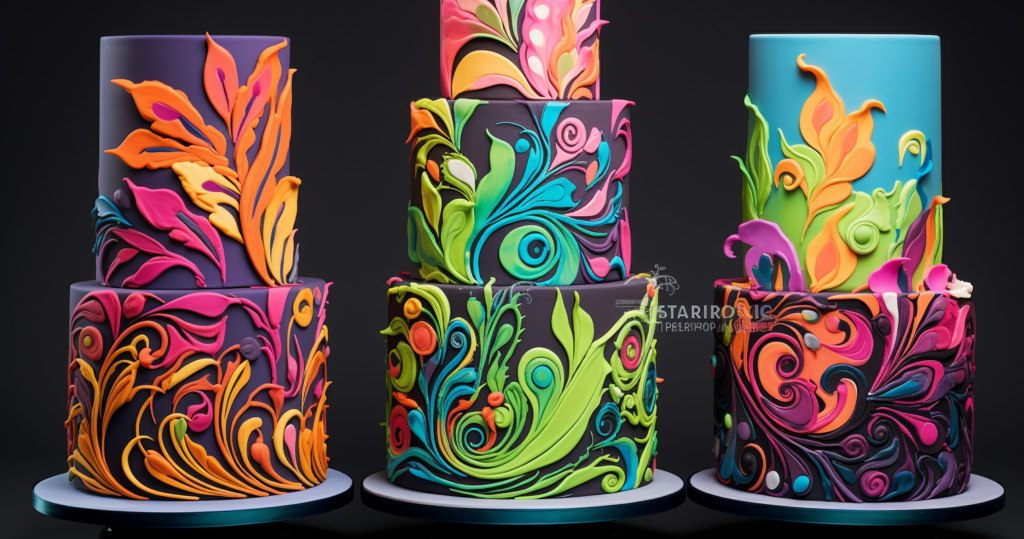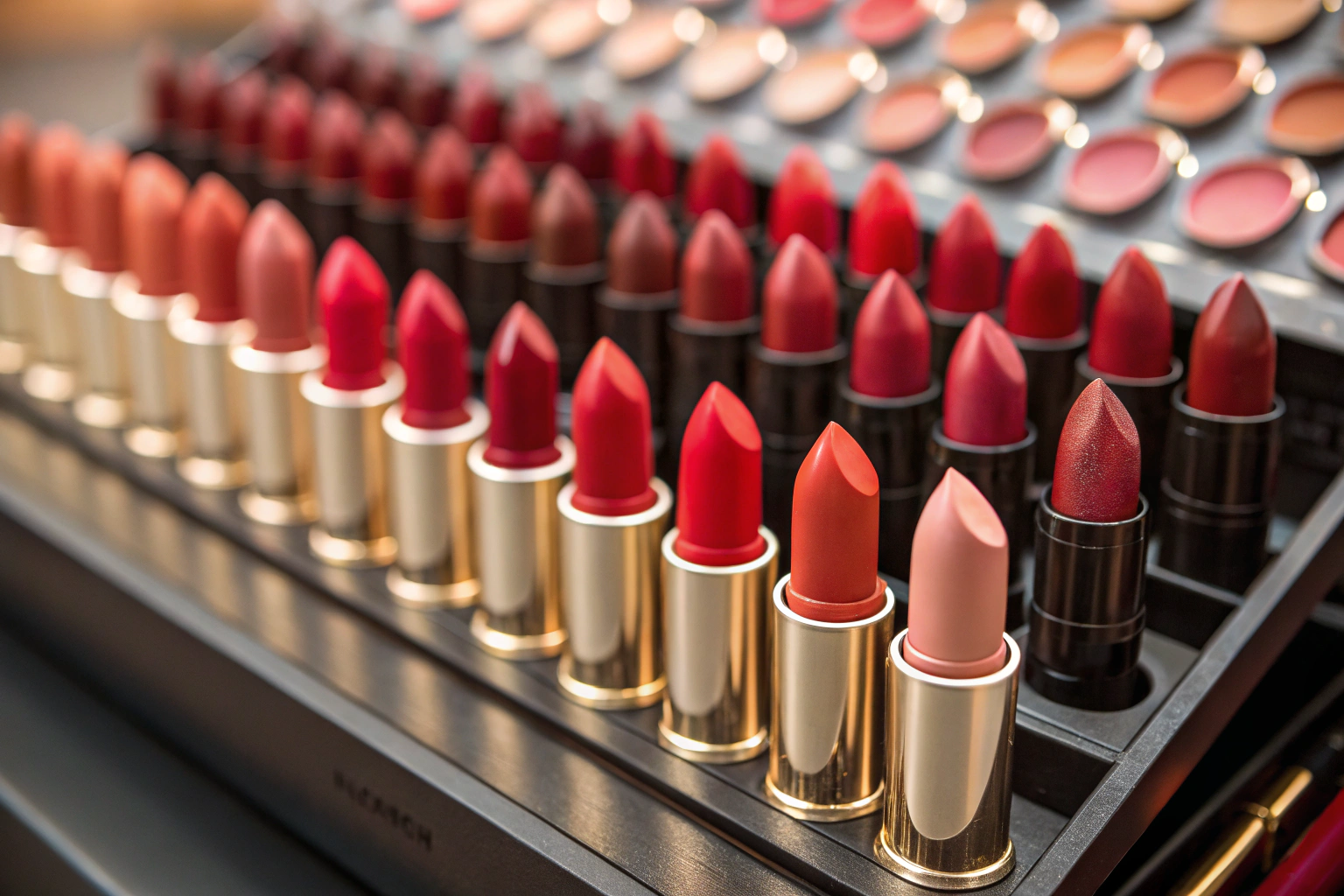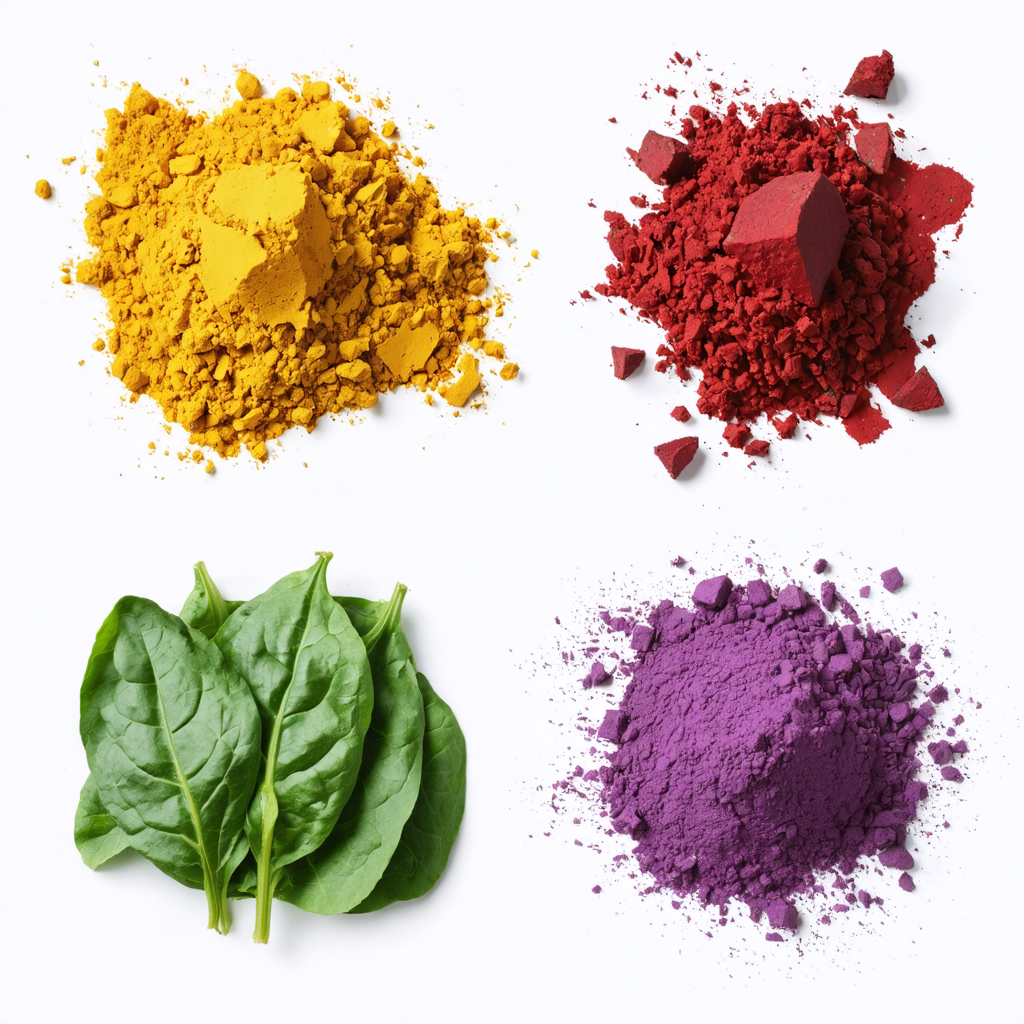FAQ’S About Natural food colors. They have become increasingly popular in the baking industry, with both consumers and bakers seeking to avoid artificial additives. These vibrant, plant-based dyes can transform your baked goods into eye-catching, delectable creations. However, as with any ingredient, there are several common queries and concerns about using natural food colors. In this blog, we’ll address the most frequently asked questions, shedding light on shelf life, stability, dosing, and potential color variations.
Table of Contents
ToggleWhat is the Shelf Life of Natural Food Colors?
One of the primary concerns when using natural food colors in bakery is their shelf life. While artificial food colors tend to have a longer shelf life, natural colors are more delicate.
The shelf life of natural food colors can vary, but typically, they last for about 12 to 18 months when stored correctly in a cool, dry place away from direct sunlight.
It’s essential to check the expiration date on the packaging and use them within that timeframe to ensure the best results. To maximize shelf life, ensure the containers are tightly seal after each use to prevent moisture and air from deteriorating the colors.
Are Natural Food Colors Stable in Baking?
Stability is another common concern, especially when baking at high temperatures. The stability of natural food colors depends on several factors, such as the specific color, the ingredients in your recipe, and the baking conditions.
In general, natural food colors are heat-sensitive and can fade or change color when exposed to high temperatures for extended periods. To preserve the vibrancy of the colors, consider using lower baking temperatures or adding natural colors toward the end of the baking process.
You can also experiment with color stabilizers or protectors like ascorbic acid, which can help maintain the colors’ vibrancy.
How Do I Determine the Right Dosing for Natural Food Colors?
Getting the right dosing of natural food colors is crucial to achieving the desired hues in your bakery creations. It’s a common concern, as overdosing can lead to an unpleasant taste or texture.
To determine the proper dosing, start with a small amount and gradually add more until you reach your desired color.
Natural food colors are often concentrated, so a little goes a long way. It’s essential to follow the manufacturer’s recommendations, which usually include guidelines on the amount of color to use per volume of your recipe. Be patient and adjust the dosage gradually to avoid over-coloring your treats.
Why Do Natural Food Colors Sometimes Vary in Color?
Color variation can be puzzling, as natural food colors are derive from plant sources. The color of these sources can vary due to factors like weather, soil conditions, and harvesting methods.
Consequently, the color of your natural food coloring may also vary slightly from batch to batch. This can be especially noticeable when using colors like green (from spinach or spirulina) or purple (from beets or blackberries).
To ensure more consistent results, it’s a good practice to blend or mix various natural colors to achieve the desired shade and minimize the impact of variations.
MORE FAQ’S
FAQ 1: Can Natural Food Colors Be Used in Frosting and Icings?
Yes, natural food colors can be used in frostings and icings. They are versatile and can add vibrant hues to these components of your baked goods. However, remember that the color may be more prominent in frostings and icings compared to the baked part of your product, as these components are not expose to high temperatures.
FAQ 2: Are Natural Food Colors Vegan and Allergen-Free?
Natural food colors are generally vegan and allergen-free, but it’s essential to check the specific ingredients on the packaging. Some natural colors may contain trace amounts of allergens due to shared equipment or processing methods, so it’s crucial to scrutinize the labels if you have dietary restrictions or allergies.
Incorporating natural food colors into your bakery products can be an exciting and health-conscious choice. By understanding these frequently asked questions about shelf life, stability, dosing, and color variations, you’ll be better equip to create visually appealing, naturally vibrant baked goods that delight both the eyes and the taste buds. Embrace the world of natural food colors, and let your creativity shine through in your bakery creations.




